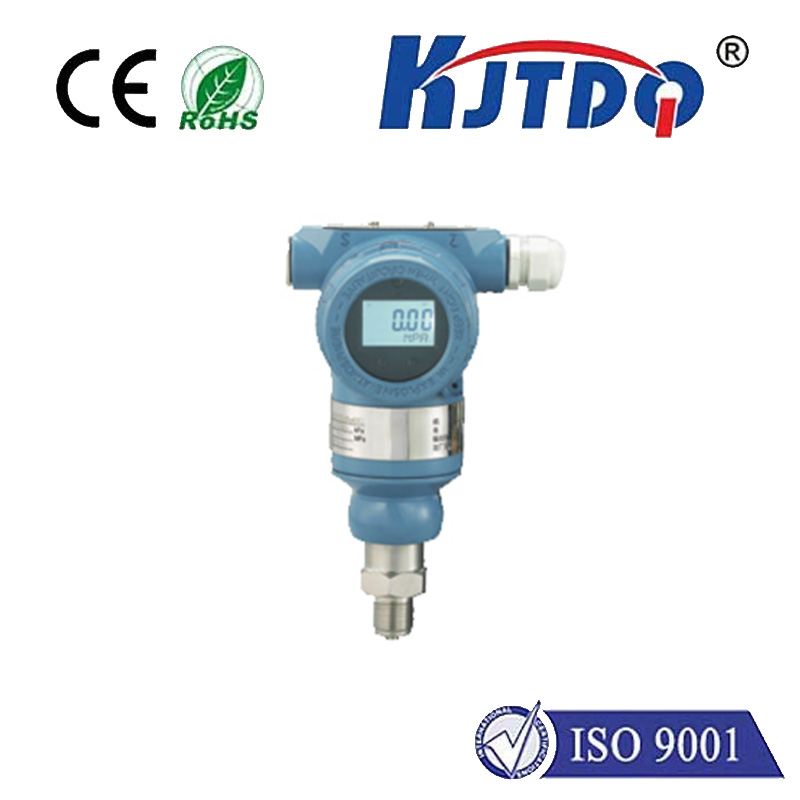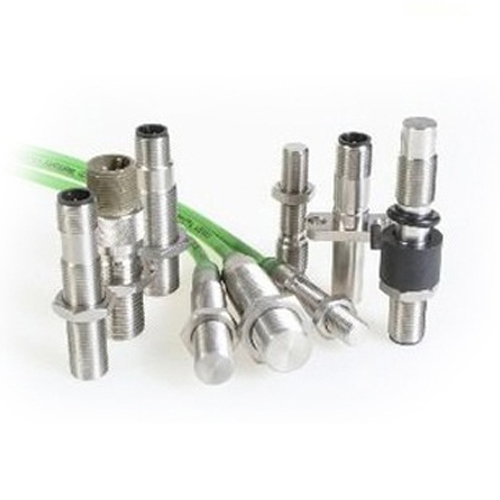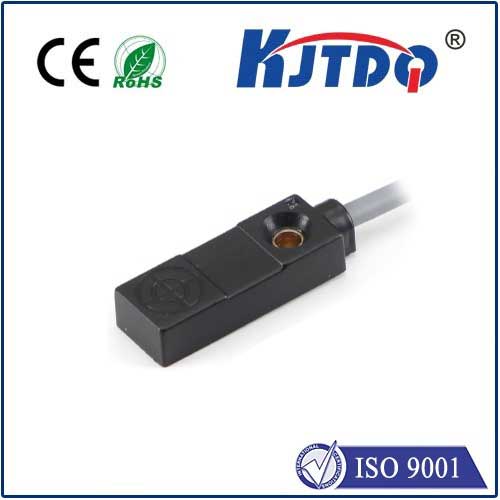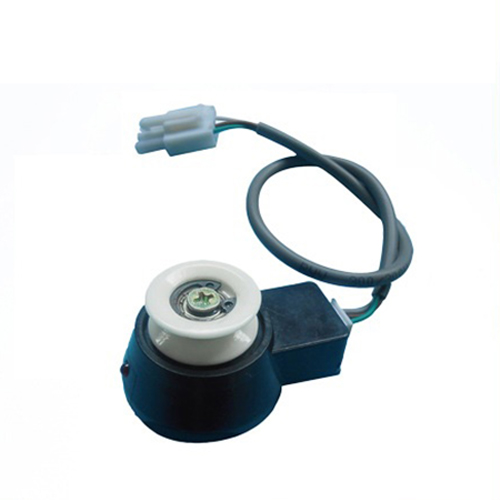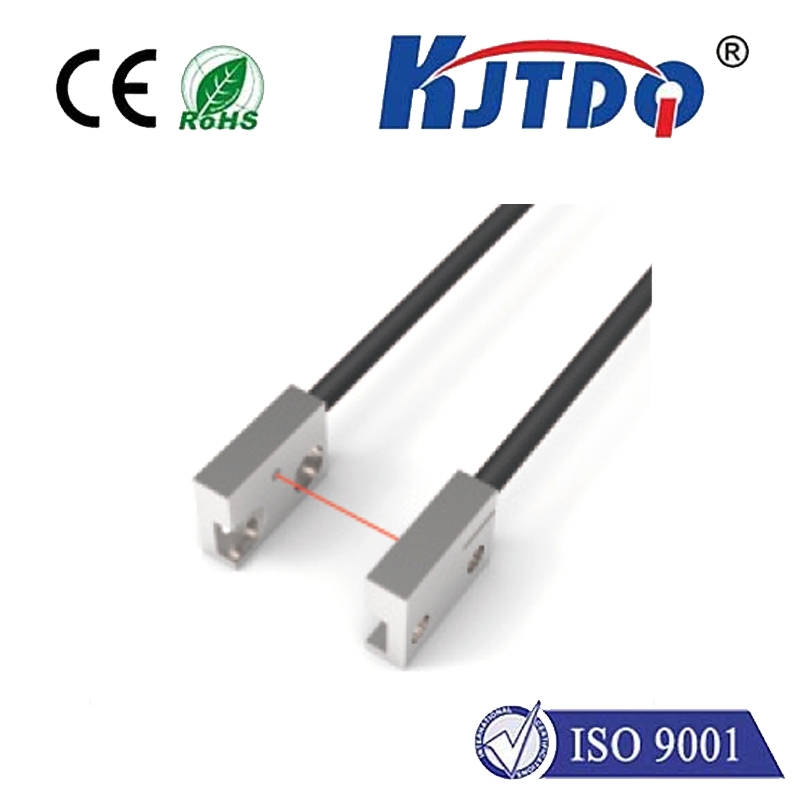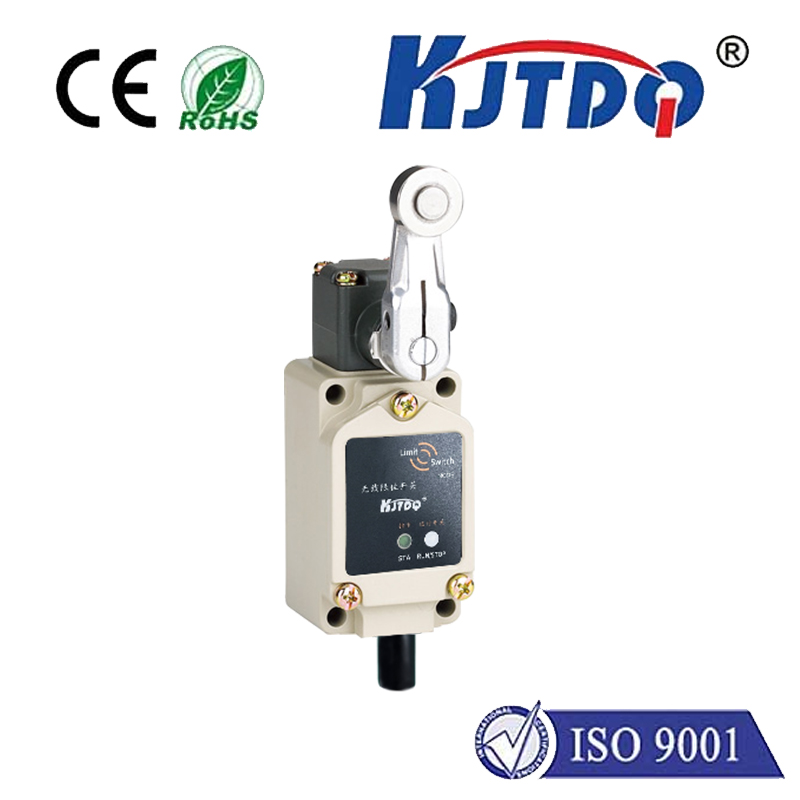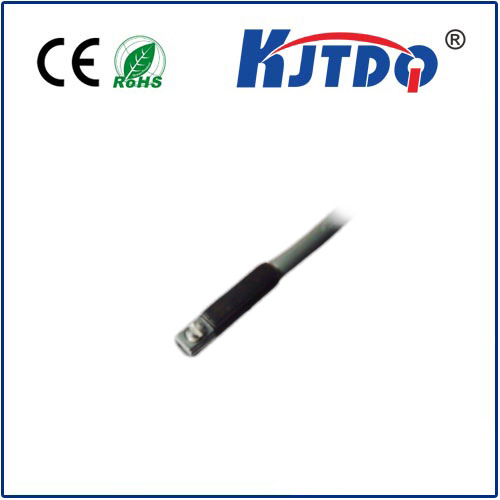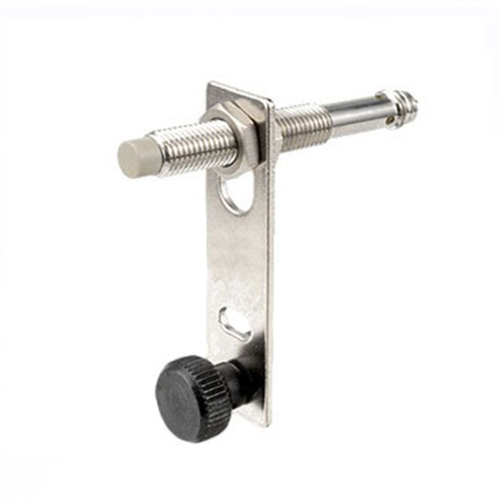E3FA-DN24 small photoelectric sensor
- time:2025-09-27 04:26:41
- Click:0
Compact Automation Solution: Exploring the E3FA-DN24 Miniature Photoelectric Sensor
Imagine streamlining your production line, adding critical detection points where space is tighter than ever. Bulky sensors just won’t fit, forcing compromises on efficiency or safety. This is where the E3FA-DN24 Small Photoelectric Sensor shines – a compact powerhouse designed specifically for applications demanding minimal footprint without sacrificing reliable performance. Engineered for precision object detection in confined spaces, this sensor represents a leap forward in space-conscious automation design.
In the intricate dance of modern manufacturing, packaging, and material handling, photoelectric sensors are the unsung heroes. They provide the essential “eyes” for machines, detecting presence, absence, position, and height of objects with remarkable speed and accuracy. The challenge arises when installation real estate is severely limited: inside compact machinery, along narrow conveyor sections, or within densely packed control panels. Traditional sensors often impose a spatial burden that innovative designs like the E3FA-DN24 elegantly solve.
Unpacking the “Small” in E3FA-DN24
The designation “Small” is more than just marketing. The E3FA-DN24 embodies miniaturization:

- Ultra-Compact Housing: With a remarkably shallow depth (typically around 30mm), this sensor fits effortlessly into spaces where others simply cannot. Its slender profile is a key advantage for retrofitting existing equipment or designing new, space-optimized machinery.
- Lightweight Design: Contributing to easier handling and mounting, especially in overhead or hard-to-reach locations.
- M8 Connector: Often featuring a compact M8 connector, it simplifies wiring and contributes to the overall space-saving design compared to bulkier terminal box styles or larger connectors.
While small in stature, the E3FA-DN24 adheres to robust standards. Its IP67 rating signifies excellent protection against dust ingress and water jets, making it suitable for demanding industrial environments where exposure to coolants, washdowns, or airborne particulates is common. This durability ensures longevity and consistent operation, even in less-than-ideal conditions.
Core Functionality: Through-Beam Reliability
The “DN24” suffix typically indicates a key functional aspect: this is a Thru-Beam (or Through-Beam) type sensor. This operating principle involves two separate components:
- Emitter (E3FZ-D22 often paired): This unit emits a focused beam of light, usually infrared for invisibility and stability against ambient light interference.
- Receiver (E3FA-DN24): Positioned directly opposite the emitter, this component detects the light beam.
Operation is elegantly simple yet highly effective: An object is detected when it physically interrupts the light beam traveling from the emitter to the E3FA-DN24 receiver. This interruption causes the receiver’s output state to change (e.g., switching from ON to OFF, or vice-versa, depending on configuration – Light-ON/Dark-ON).
Why Choose Through-Beam (DN) for the E3FA-DN24?
The Thru-Beam principle, utilized by the E3FA-DN24, offers distinct advantages crucial for reliable automation:
- Exceptional Sensing Range: Achieves significantly longer detection distances compared to diffuse-reflective sensors within the same compact form factor. Ranges of several meters are common.
- High Accuracy & Reliability: Detection is based purely on beam interruption. This makes it far less susceptible to variations in target object color, surface texture, reflectivity, or angle compared to diffuse sensors. It reliably detects challenging targets like dark, matte, transparent, or shiny objects.
- Stability Against Background: Unaffected by background objects behind the target, a common challenge for diffuse sensors. Its focus is solely on the defined beam path between emitter and receiver.
- Fast Response Times: Ideal for high-speed production lines where rapid detection is critical.
Key Applications for the Space-Saving E3FA-DN24
The combination of miniature size, robust IP67 protection, and reliable thru-beam detection makes the E3FA-DN24 indispensable across numerous sectors:
- Tight Machinery Integration: Inside CNC machines, robotic work cells, assembly jigs, and small automation units where internal space is at a premium.
- Narrow Conveyor Lines: Detecting small parts, vials, caps, or electronic components on conveyors where mounting brackets have minimal clearance.
- Precision Material Handling: Verifying the presence or correct positioning of delicate components or PCBs during handling and insertion processes.
- Packaging Machinery: Ensuring carton flap closure, label presence, or product count verification within compact packaging modules.
- Automotive Assembly: Used in sub-assemblies, door panels, or engine component placement where space constraints are severe.
- Logistics & Sorting: Detecting small parcels or totes on tightly spaced sorting lines or shuttle systems.
Installation and Practical Considerations
While installation is typically straightforward, maximizing the E3FA-DN24’s potential requires attention to detail:
- Secure Mounting: Utilize the provided mounting holes or brackets firmly. Even slight misalignment in thru-beam systems can cause unreliable detection. Ensure both emitter and receiver are rigidly fixed.
- Precise Alignment: Critical for thru-beam operation. Carefully align the emitter beam directly onto the receiver’s detection window. Many models have visual indicators (LEDs) showing alignment status and output state. Take the time for precise alignment during setup.
- Beam Path Clarity: Maintain a clear, unobstructed path between the emitter and the E3FA-DN24 receiver during operation. Ensure no unintended objects (vibrating parts, debris buildup) can intermittently block the beam.
- Electrical Connection: Follow the wiring diagram meticulously (Brown = +V, Blue = 0V, Black = Output). Ensure correct voltage supply (commonly 10-30V DC).
- Environmental Factors: While IP67 protects against dust and water, avoid direct, high-pressure sprays onto the connector. Be mindful of extreme temperatures beyond the sensor’s specified operating range (-25°C to +55°C is typical) and strong ambient light sources directly shining into the receiver’s lens. Optical filters in the E3FA-DN24 help mitigate this, but extreme conditions should be avoided.
The E3FA-DN24 Small Photoelectric Sensor proves that size isn’t everything. Its ingeniously compact design solves a pervasive challenge in industrial automation, enabling reliable object detection where it was once impossible or impractical. By leveraging the robust and dependable thru-beam principle, it delivers exceptional accuracy across diverse targets and challenging environments, all protected within an IP67-rated housing. For engineers and designers seeking a space-saving, high-performance solution for presence detection in confined spaces, the E3FA-DN24 stands out as a versatile and dependable component, ensuring smooth, efficient, and safe operations even in the tightest corners of modern industry.






